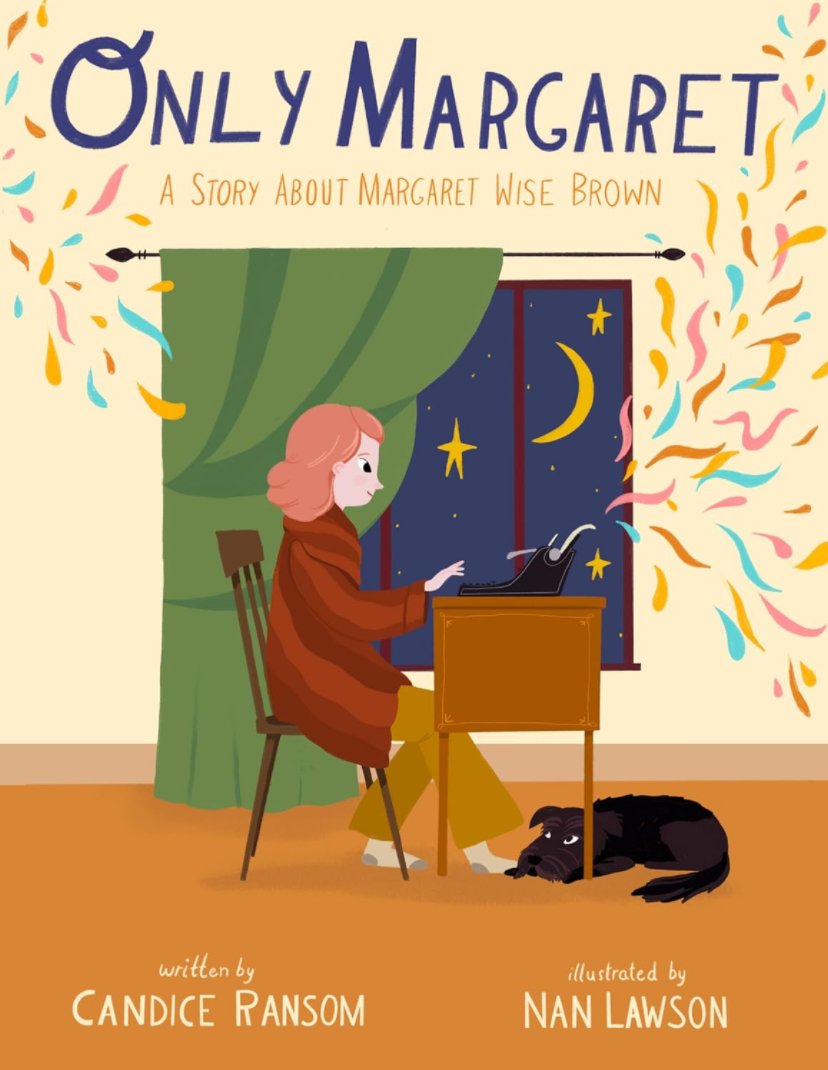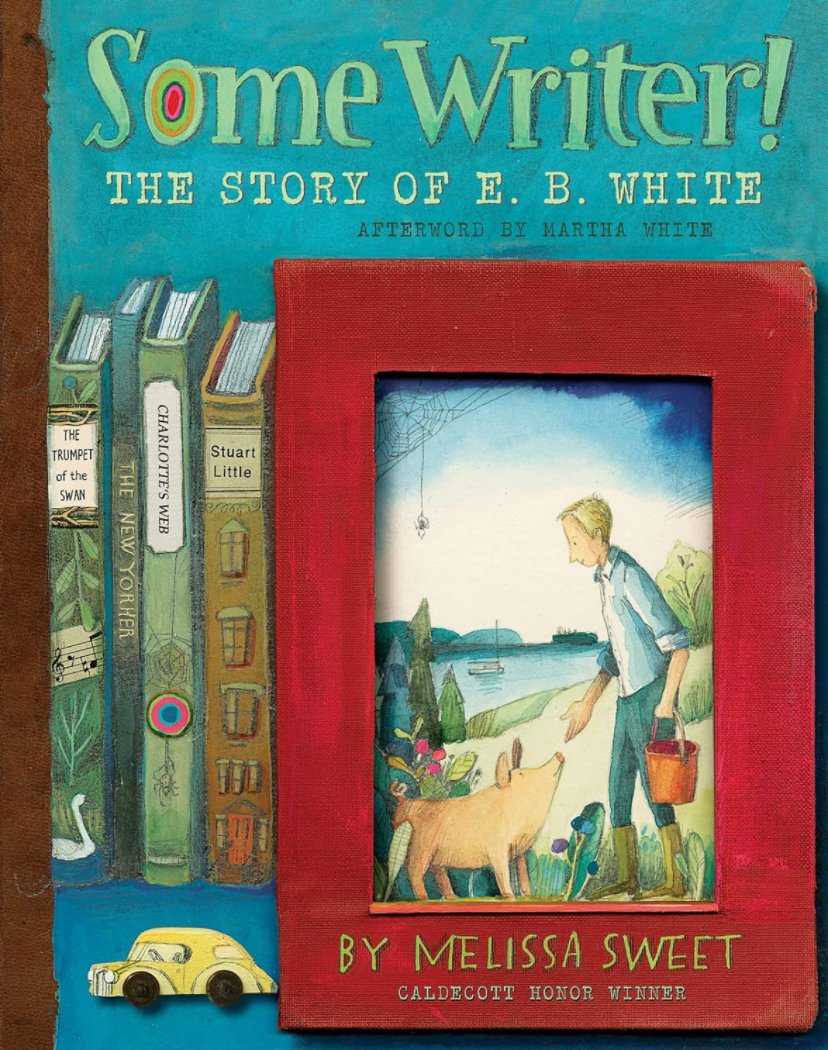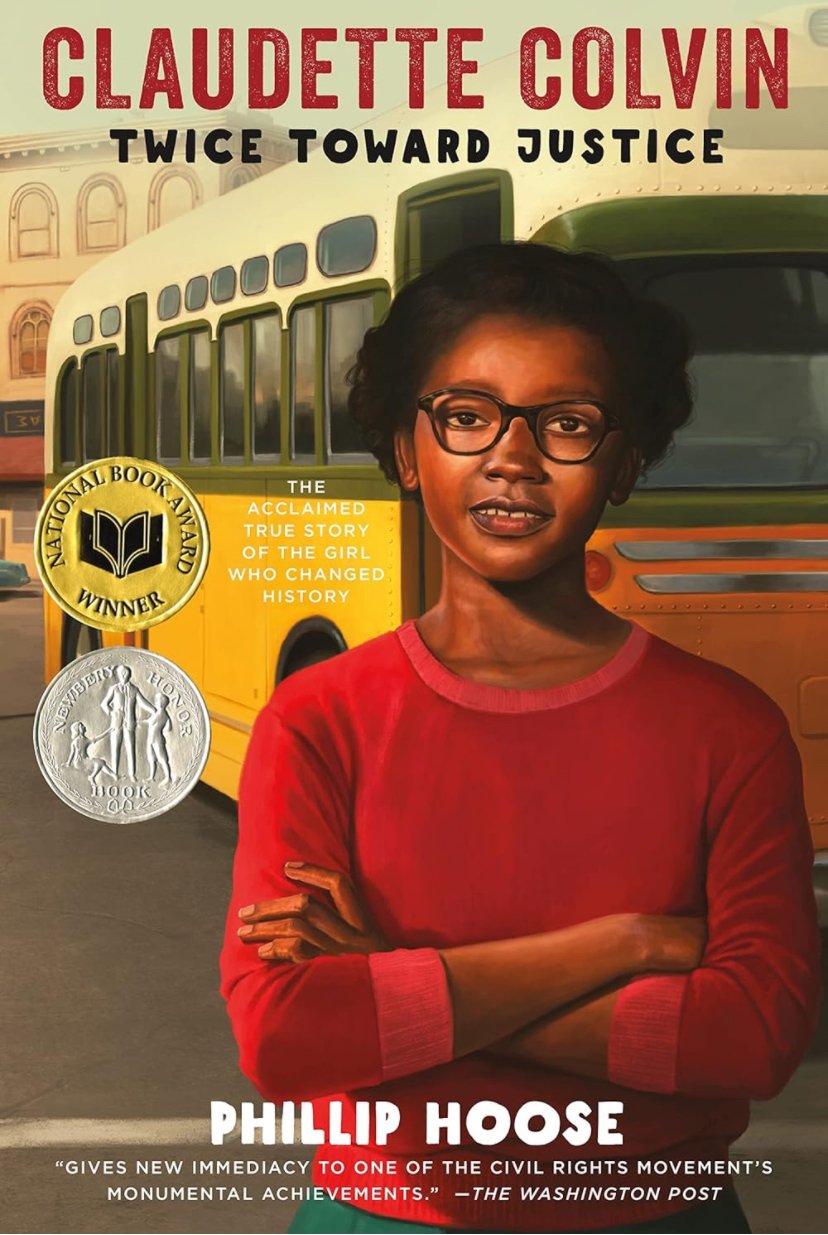Creative Nonfiction and Candice Ransom
Creative Nonfiction combines factual information with literary techniques, allowing authors the freedom to approach a subject in new and unusual ways. Since I hope to write a biographical account about Betty Bronson in a creative manner for young readers, I jumped at the chance to work with Candice Ransom during one of my summer sessions at Hollins.
Candice Ransom has written over 150 books, including several in the Creative Nonfiction category, so I knew I’d learn a lot. She shared her experience writing a biography about Margaret Wise Brown, author of Good Night, Moon. Her research required traveling, along with reading everything she could on her subject. Only Margaret: A Story About Margaret Wise Brown took Candice several years to write and publish. Knowing that writers can spend years working on a story reassured me that I don’t need to rush into my work.
I love this book so much. I hope to write this well one day.
In addition to sharing her own writing process, Candice exposed us to several examples of Creative Nonfiction. Some of my favorites were illustrated by Melissa Sweet. I love her style.
This book about E.B. White might be a mentor text in my book about Betty Bronson. It has a scrapbook feel to it, which I wanted to do before I even knew this book existed. Betty's pictures are so lovely, they lend themselves to a scrapbook style.
Once again, I chose Luci Collins as my subject for my final writing project, but this time I went for the biographical route. I interviewed Luci over the phone, took lots of notes, and she sent me emails with photographs, newspaper articles, and she graciously wrote down some of her memories for me. This project was my second attempt at a picture book, but we only had to write the text for Candice, no illustrations necessary. I titled this version LUCI PAVES THE WAY. While I focused on stretching correctly in my first attempt at a picture book, I actually attempted to write about Luci’s experience as a gymnast and being the first Black woman to make the Olympic team. Writing a picture book is harder than it looks. Not only do you have to write in an entertaining manner for children, you have a word count restriction. No one seems to agree on the word count for nonfiction. Depending on the teacher, I’ve heard anywhere from 500 to 1500 words per book. Then I’ve been told that some writers have been asked to write 2400 words, but I think that’s rare.
Because of the nonfiction requirement in the Common Core for public schools, picture book biographies are being published in great numbers, so we were advised to choose another genre such as novels in middle grade biographies. One of the novels Candice shared with us was a middle grade nonfiction about Claudette Colvin. It was this book that inspired me to accept the challenge to write Luci’s story as a middle grade novel for my creative thesis, and I tackled the subject of bringing a story into public memory as part of my critical thesis.
Bringing a forgotten story back into public memory is an honorable goal. Before Rosa Parks, Claudette Colvin refused to move to the back of the bus. Because she was a teen, Rosa Parks was chosen to represent the movement toward justice.
I had the privilege of taking more than one class from Candice. Her knowledge, experience, and humor made each class fun and something to look forward to, which helped alleviate some of the stress that comes with writing creatively and critically under pressure. She’s retired now, but if she ever does a workshop, I would recommend you take it in a heartbeat.



